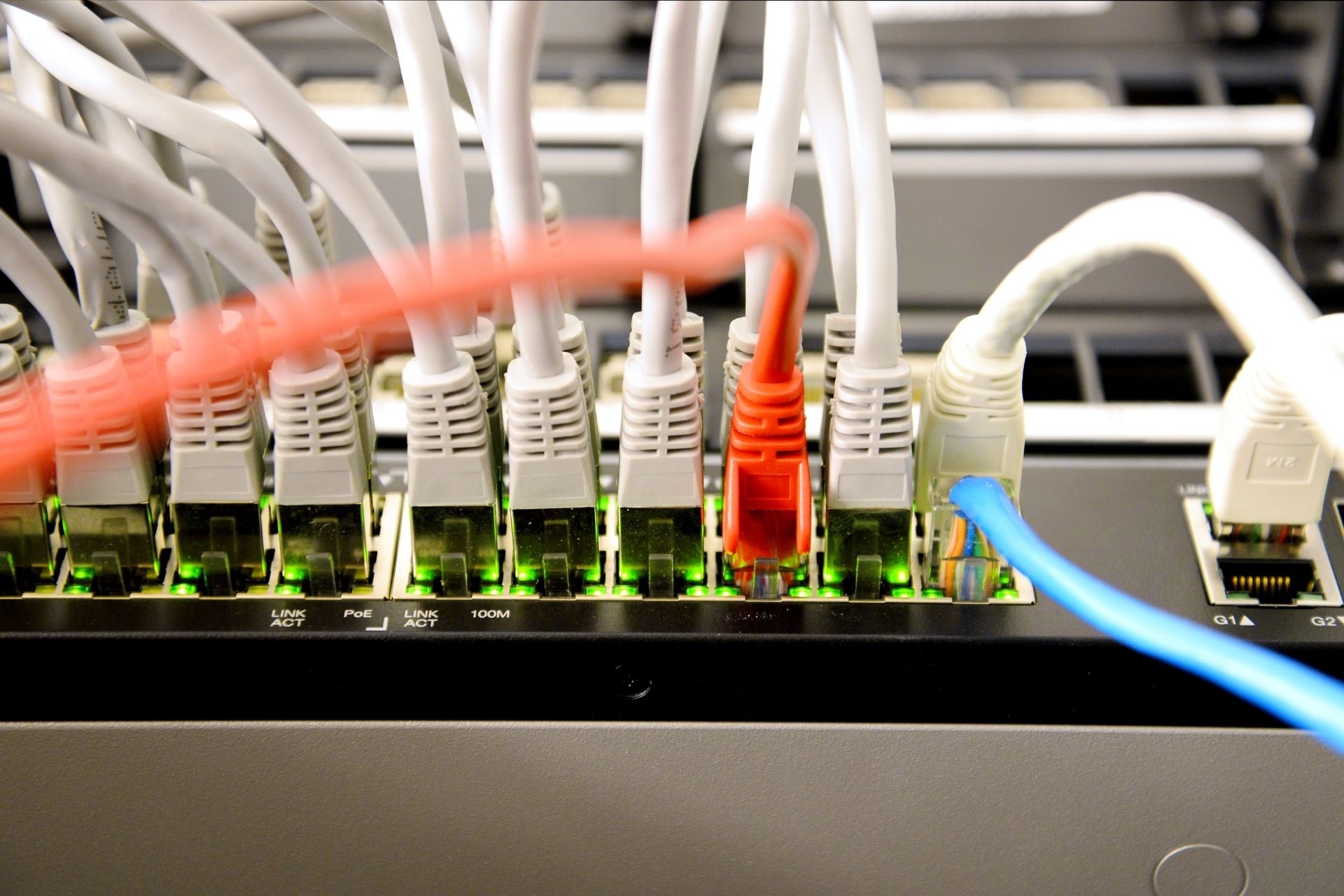Optical Network Terminal (ONT)
What is the role of an Optical Network Terminal (ONT) in a fiber-optic network?
An Optical Network Terminal (ONT) plays a crucial role in a fiber-optic network by serving as the interface between the optical fiber infrastructure and the end-user devices. It is responsible for converting the optical signals received from the fiber-optic line into electrical signals that can be understood by computers, phones, and other devices connected to the network.



